Introduction
Back pain is one of the most common reasons people visit the doctor or miss work. Whether it’s a dull ache, a sharp stabbing sensation, or stiffness that won’t go away, back pain can significantly affect your daily life. The good news is that most cases improve with time and simple treatments. However, understanding the cause of your pain is the first step toward finding relief.
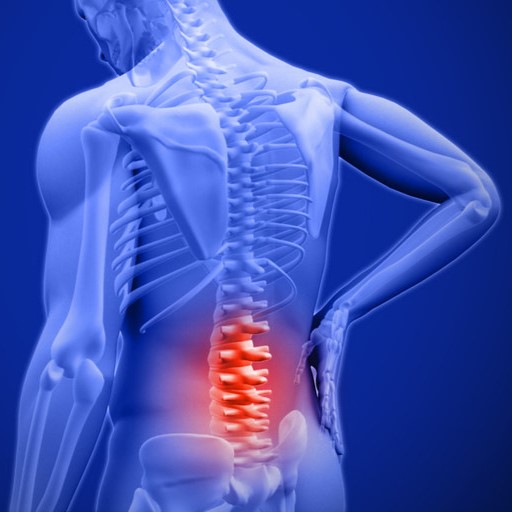
What Causes Back Pain?
Your back is a complex structure of bones, muscles, nerves, and joints—all working together to support your body. When something goes wrong in this system, pain can develop. Common causes include:
- Muscle or Ligament Strain – Overstretching or tearing muscles (often from lifting heavy objects incorrectly, sudden awkward movements, or poor posture over time).
- Herniated or Bulging Discs – The soft cushions (discs) between your spinal bones (vertebrae) can bulge or rupture, pressing on nerves and causing pain.
- Arthritis (Osteoarthritis) – Wear-and-tear on spinal joints can lead to inflammation, stiffness, and bone spurs that narrow space around nerves.
- Spinal Stenosis – A narrowing of the spinal canal, which puts pressure on the spinal cord and nerves (common in older adults).
- Skeletal Problems – Conditions like scoliosis (abnormal spine curvature) or uneven leg length can strain the back.
- Osteoporosis – Weakened bones may develop small fractures (vertebral compression fractures), especially in postmenopausal women.
Other Factors That Contribute:
- Being overweight – Extra strain on the lower back.
- Sitting for long hours – Weakens muscles and strains discs.
- Stress and anxiety – Tightening back muscles.
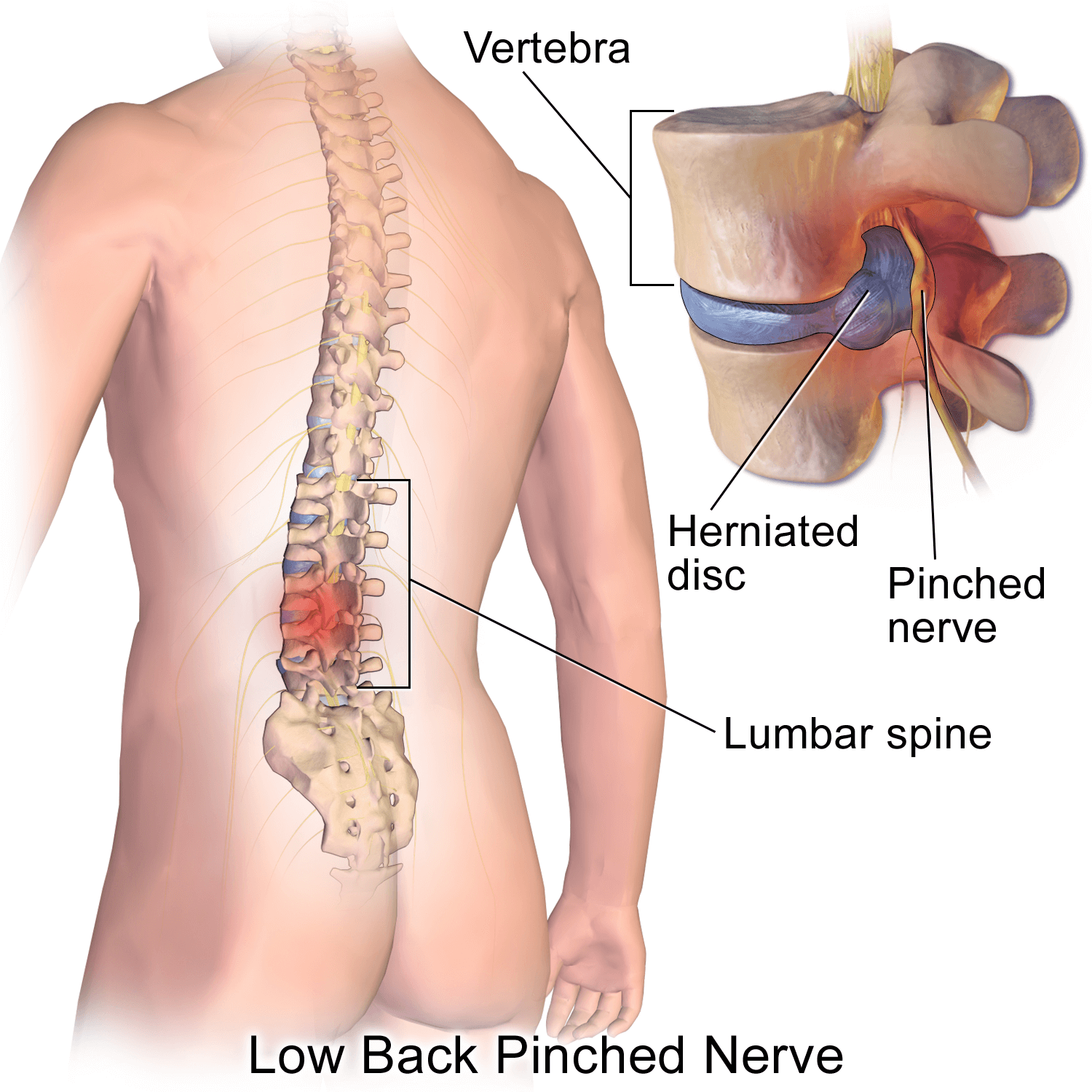
What Does Back Pain Feel Like?
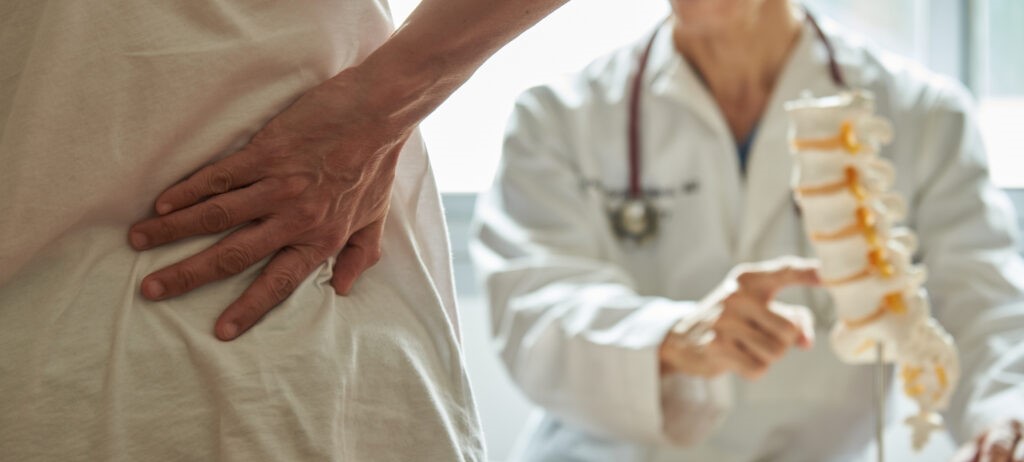
Symptoms vary depending on the cause, but you might experience:
- Localized pain – Aching or stiffness in one spot (lower, middle, or upper back).
- Radiating pain – Sharp, burning, or electric-like pain shooting down the leg (sciatica).
- Muscle spasms – Sudden tightness that makes it hard to move.
- Worsening pain with activity – Bending, lifting, or even standing for long periods may aggravate it.
When to See a Doctor Immediately:
- Numbness/tingling in legs or arms.
- Weakness in limbs – Trouble walking or lifting feet.
- Loss of bladder/bowel control – Could indicate cauda equina syndrome, a medical emergency.
- Unexplained weight loss with back pain – Possible infection or tumor.
How Is Back Pain Diagnosed?
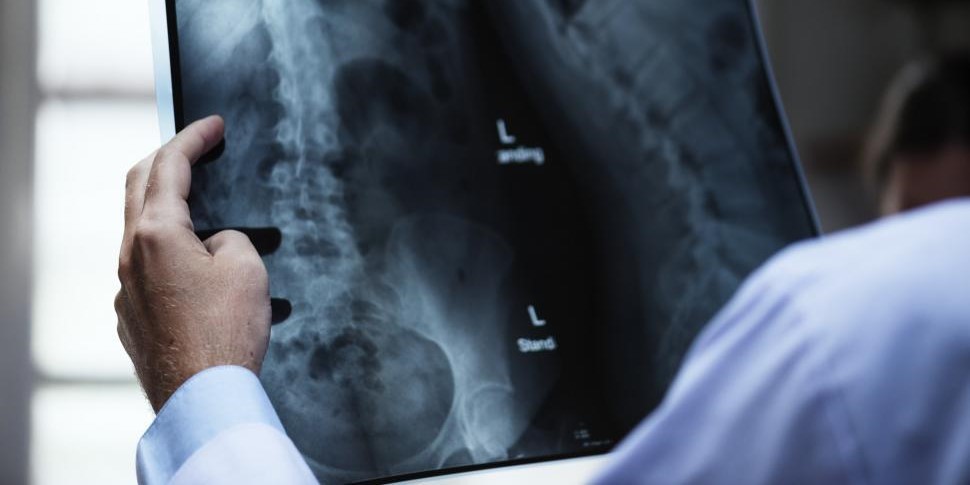
Your doctor will start with a discussing your symptoms with you followed by a physical exam, checking your movement, reflexes, sensation and pain triggers. They may also order:
- X-rays – To check for bone fractures or arthritis.
- MRI or CT scans – To see soft tissues (discs, nerves, muscles).
- Nerve tests (EMG) – If they suspect nerve injury.
Treatment Options
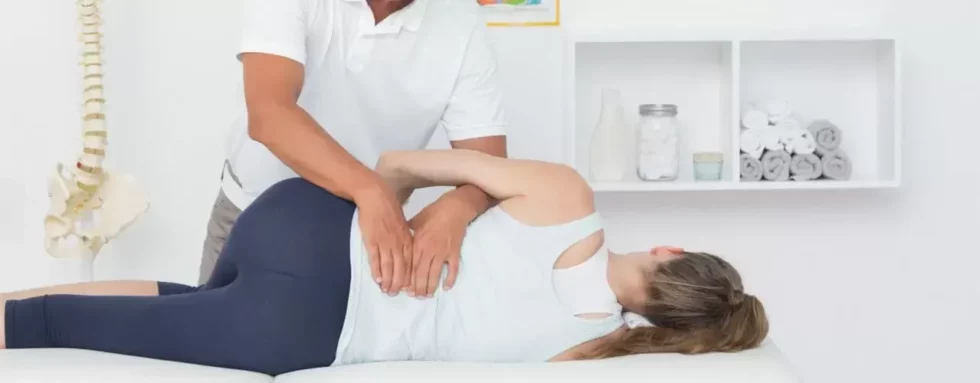
Most back pain improves within weeks with conservative care:
At-Home Care
- Rest (but not too much!) – Short-term rest helps, but staying inactive too long weakens muscles.
- Ice & Heat Therapy – Ice reduces swelling (first 48 hours), then heat loosens stiff muscles.
- Over-the-counter pain relievers – NSAIDs (ibuprofen, naproxen) or paracetamol for pain/inflammation.
Medical Treatments
- Physical Therapy – Stretching, strengthening exercises, and posture training.
- Prescription medication – Muscle relaxants or stronger painkillers (short-term use).
- Steroid Injections – For severe nerve pain (reduces inflammation around nerves).
Surgery (Last Resort)
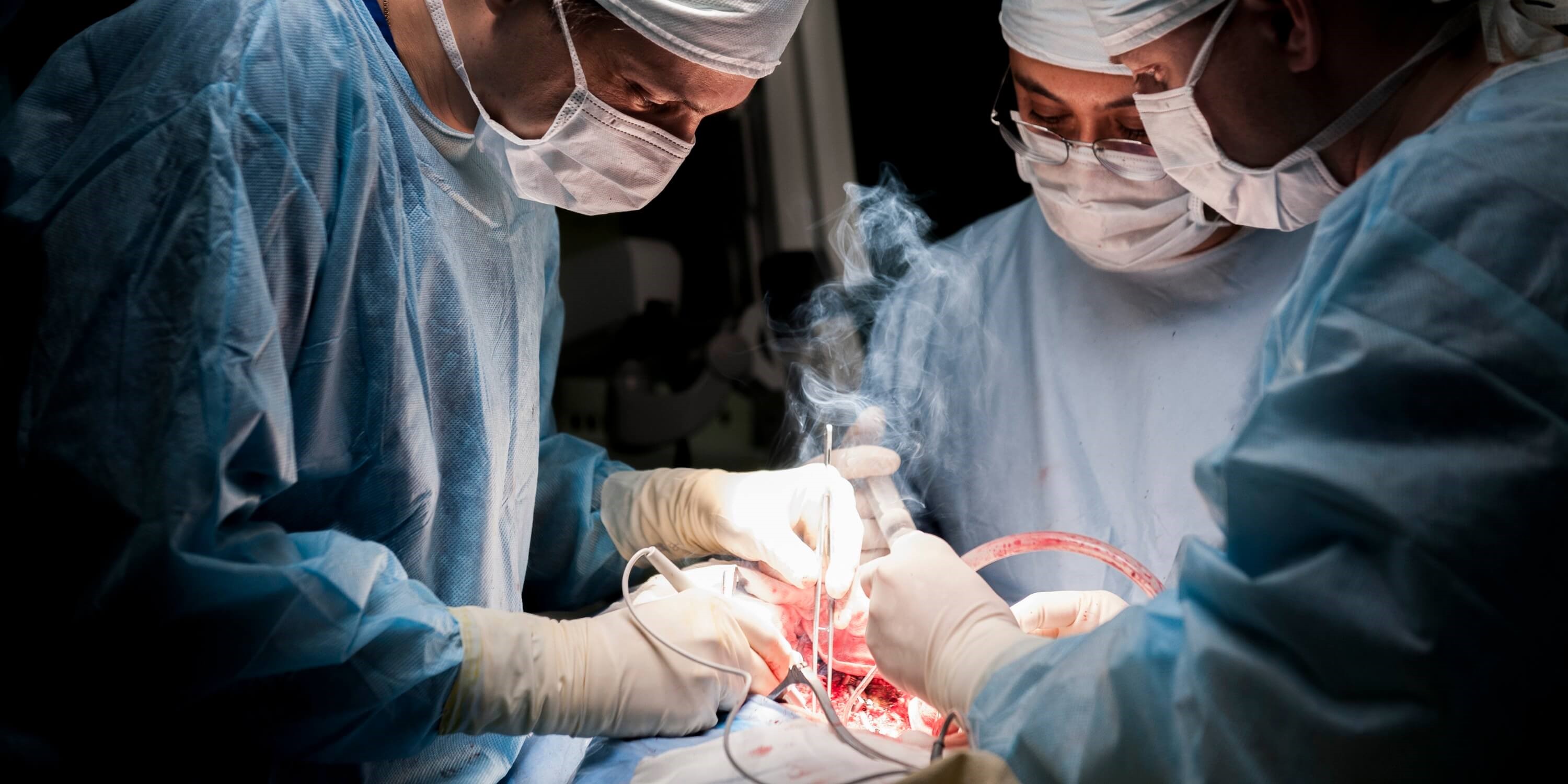
Only considered if pain persists after months of other treatments or
if
there’s nerve compression causing severe pain or weakness.
Common procedures:
- Discectomy – Removing part of a herniated disc pressing on a nerve.
- Laminectomy – Creating space in the spine to relieve pressure (for stenosis).
- Spinal Fusion – Joining vertebrae to stabilize the spine (for severe arthritis or fractures).
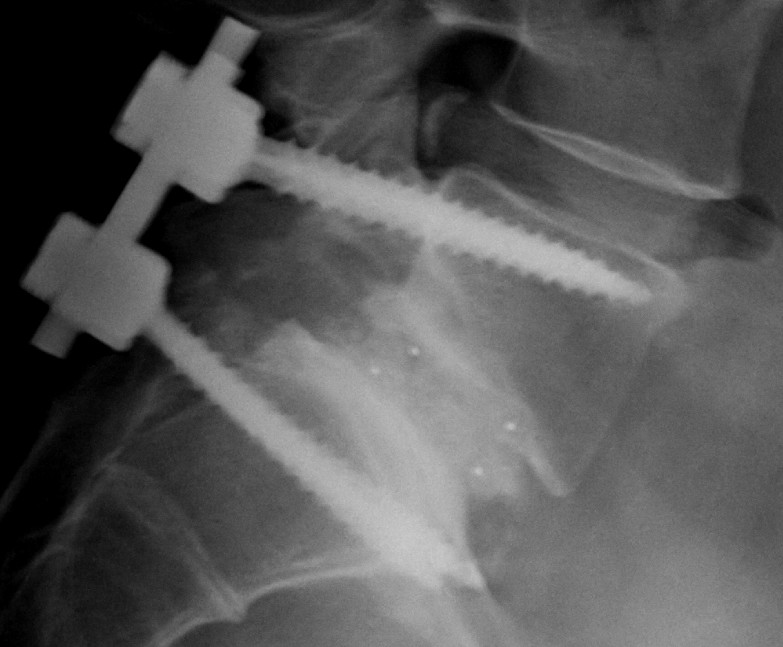
How Can I Prevent Back Pain?
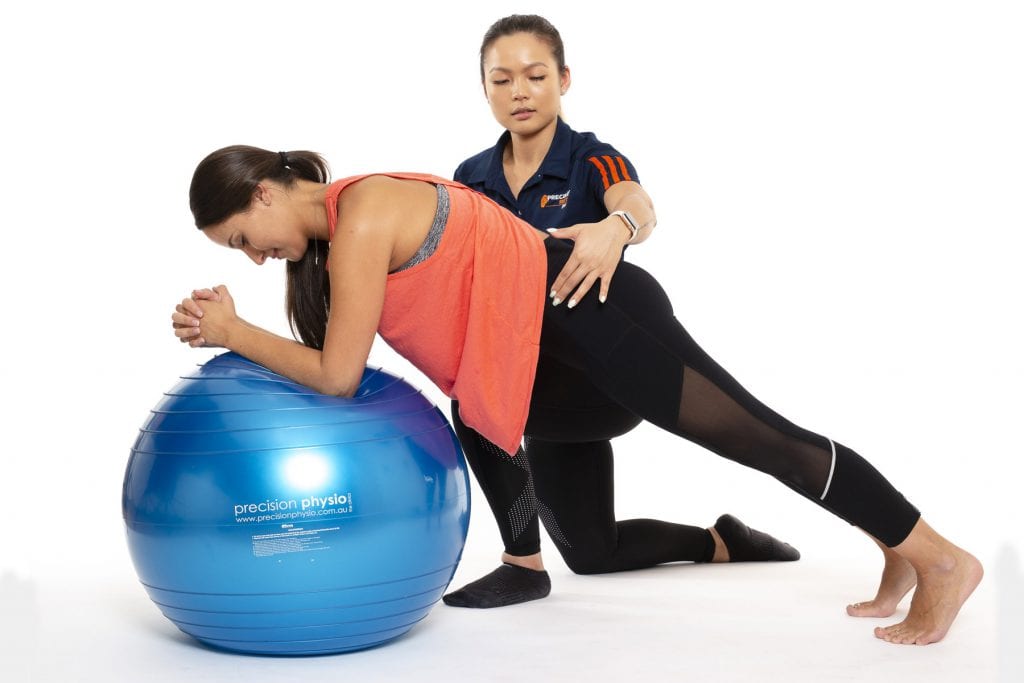
- Strengthen your core – Low-impact exercises (walking, swimming, yoga) help support your spine.
- Lift properly – Bend at the knees (not waist), hold objects close to your body.
- Improve posture – Use ergonomic chairs, keep screens at eye level, avoid slouching.
- Quit smoking – It reduces blood flow to spinal discs, slowing healing.
- Maintain a healthy weight – Less strain on your lower back.
While back pain can be frustrating, most people recover with time and the right care. If your pain doesn’t improve after a few weeks—or if you develop worrying symptoms—don’t hesitate to seek medical advice. Your spine is crucial to your mobility and overall well-being, so taking proactive steps today can help keep you active and pain-free for years to come.
